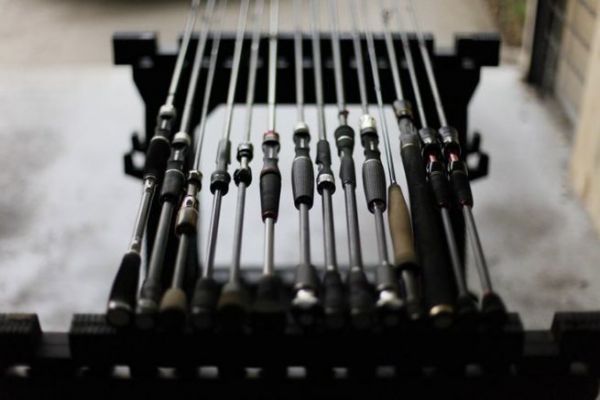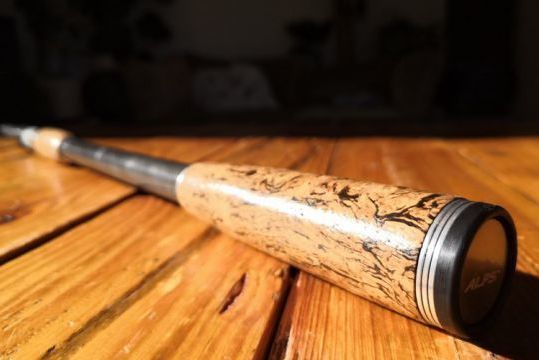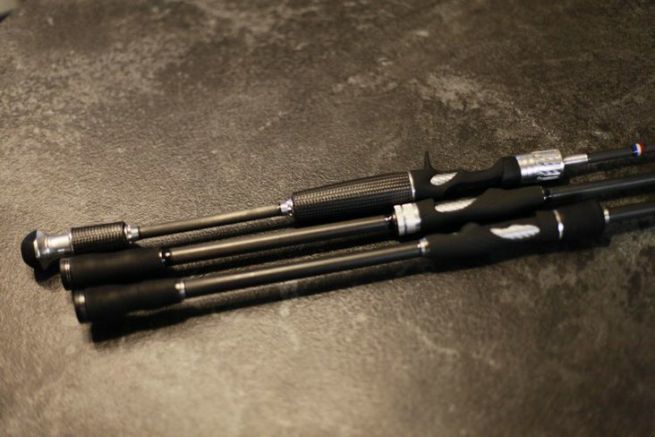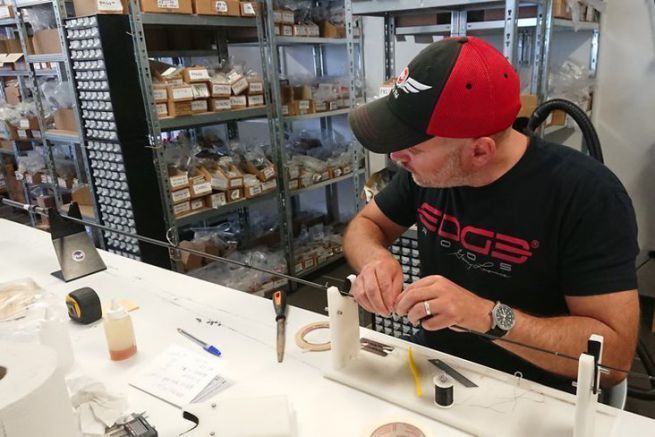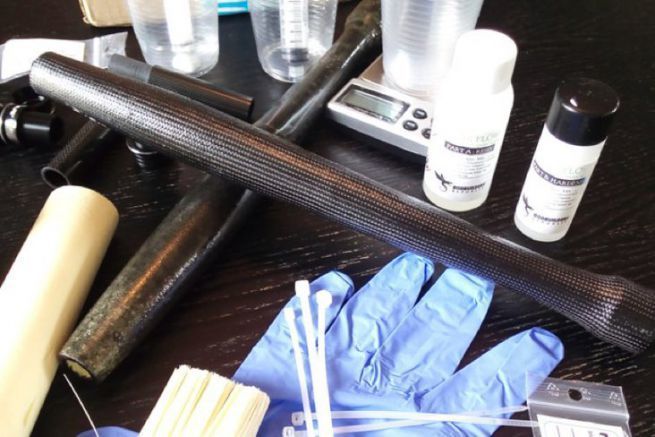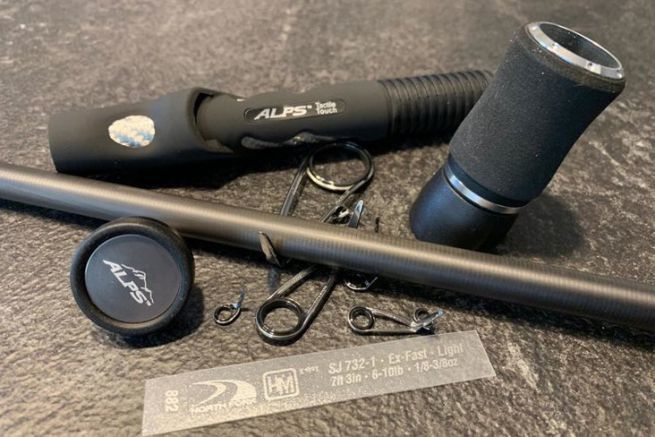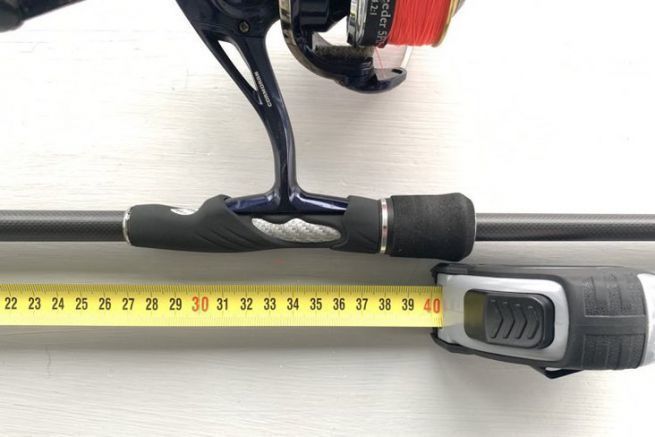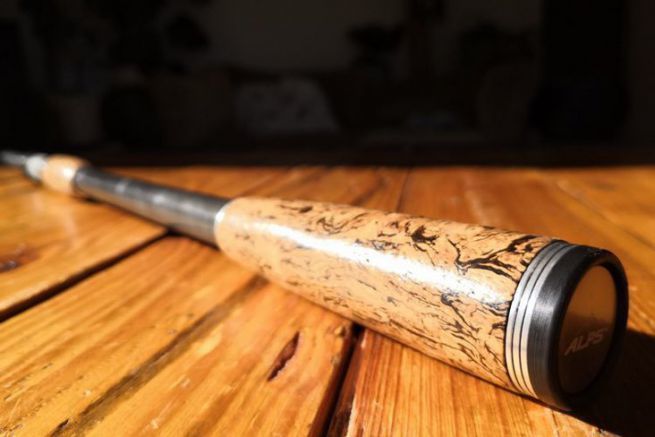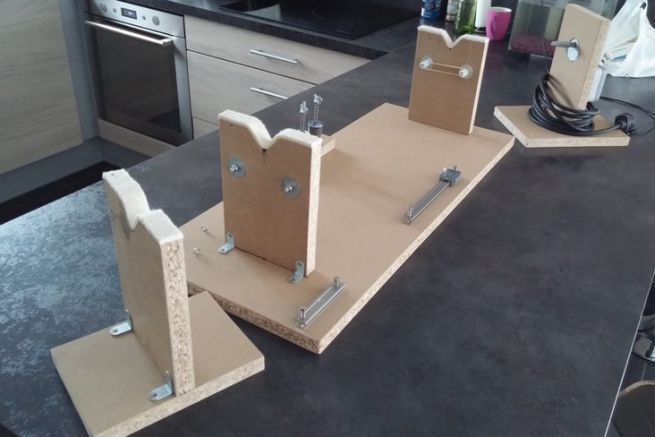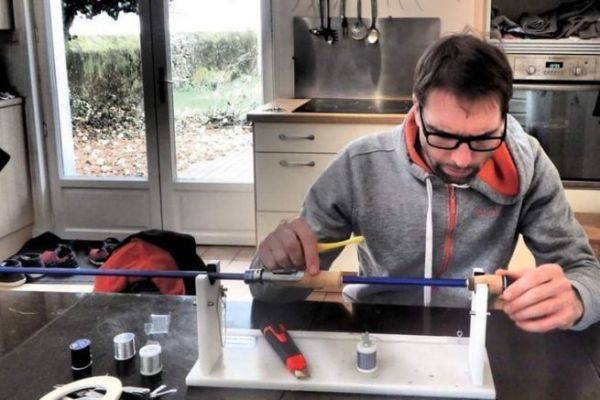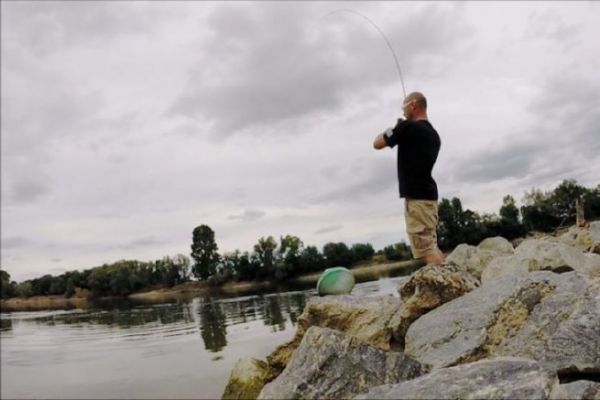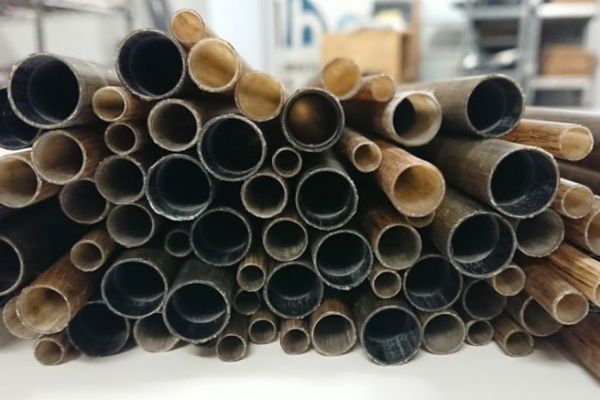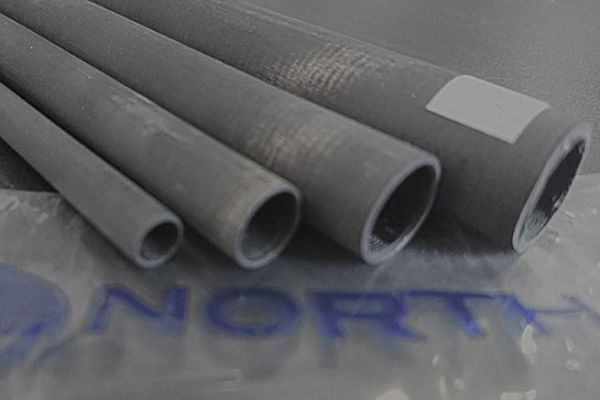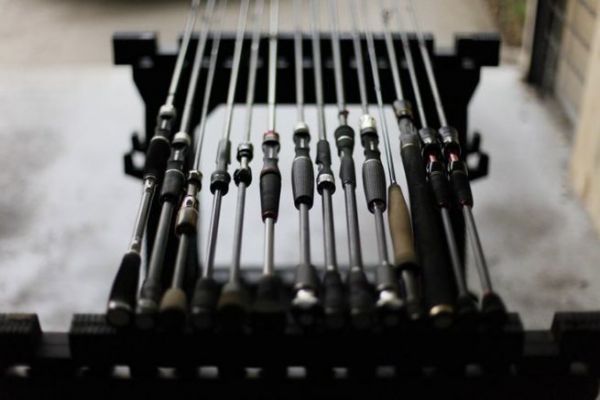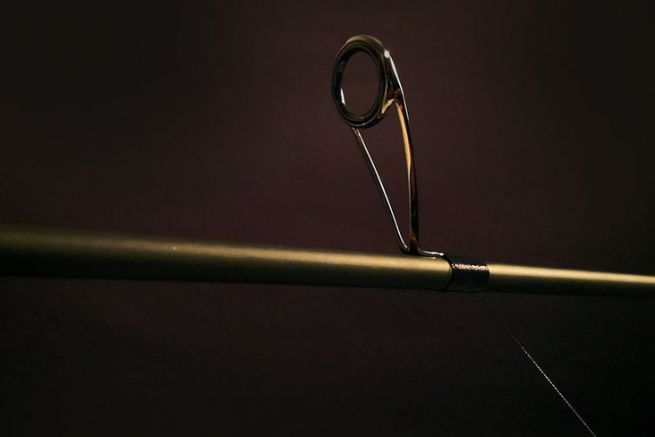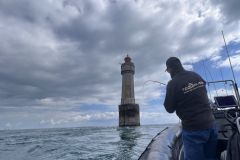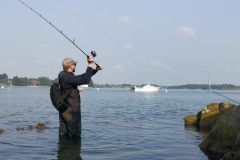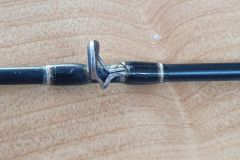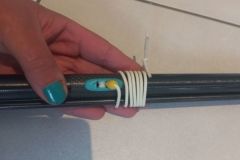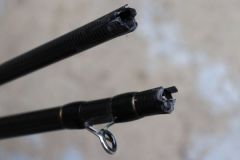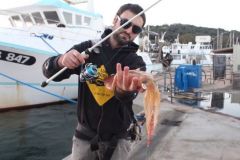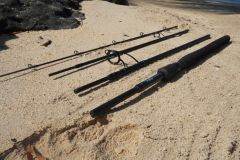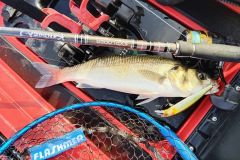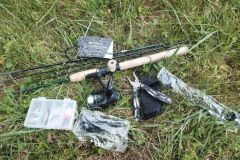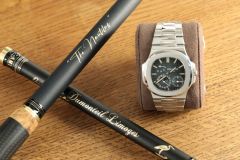Spinning or casting
The first criterion to consider when choosing a reel seat is whether it's a spinning or casting model. They are not reversible and do not offer the same grip. With a spinning reel, the reel is under the blank, whereas with a casting reel, the reel is on the blank.
There are a large number of reel seat models on the market, but some are the most comfortable, lightweight and offer a multitude of finishing options. Fuji's IPS is certainly one of the best-sellers, but TVS, DPS, Skeleton and the latest MVT rapid spin from ALPS are also very popular spinning reel seats. For casting models, the ACSM (Fuji) and MVT (ALPS) are certainly the most popular.
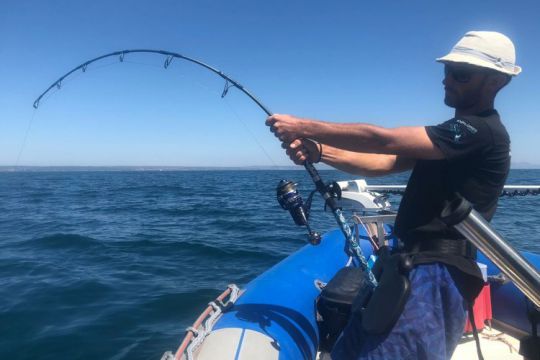
The power of the blank
If the aesthetics of the reel seat is a criterion of choice, not all models are suitable for all types of fishing. While tuna blanks obviously require specific reel seats with large diameters, other models such as the Skeleton are particularly suited to very light rods, due to their weight and small gluing surface.
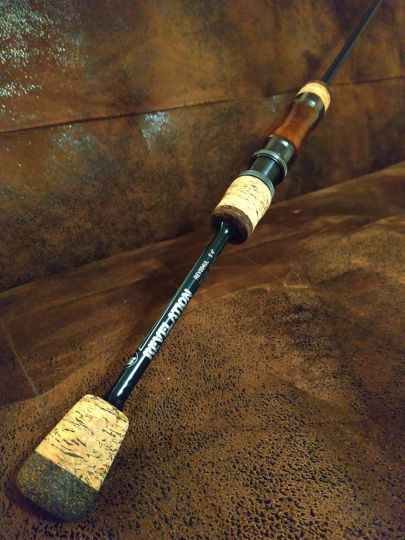
Comfort
A very important criterion that is purely personal and subjective (although...) is the comfort of a reel seat's grip. This will depend on your morphology, but also on the way you hold your rod. In addition, some reel seats feature a notch for direct contact with the blank, which is a big plus for tactile fishing and optimizes your rod's resonance.
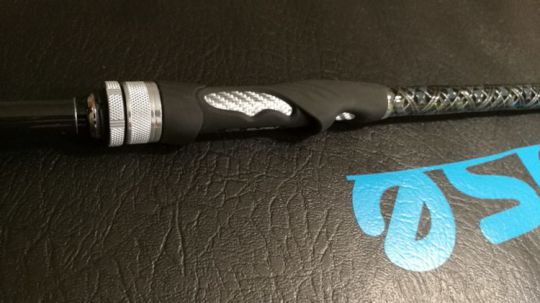
Grips
A reel seat is associated with grips that come in different materials: cork, EVA and carbon, but as the rodbuilding's only limit is your imagination, you can easily design one in other materials... Some make them in wood, others in resin!
Carbon can be raw or varnished, cork comes in a variety of veins and EVA in a multitude of colors (as long as you turn it...). Apart from the feel of the material in the hand, it's all about aesthetics!

Assembly
There are two main ways to mount a reel seat and grips:
- You can either fit a full handle, i.e. the grip covers the entire butt of the rod
- Either choose a split grip assembly, i.e. in two parts (part of the heel remains visible).
For split grip mounting, you can choose to mount the clamping ring (the quick lock) towards the tip and leave the blank bare. This assembly, known as no fore grip, allows direct contact with the blank. Or you can reverse the assembly, i.e. place the quick lock on the butt side and place a small grip (the fore grip) above the reel seat.
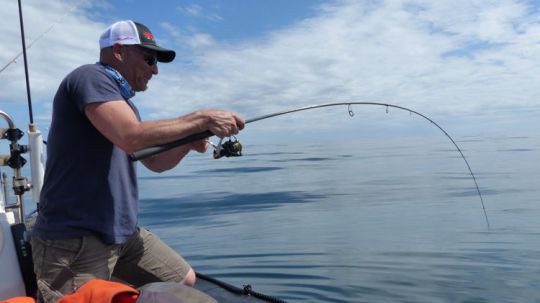
Heel length
Reel seat placement is not a matter of chance... Its location is a source of comfort, but it also depends on what you want to achieve with your rod...
The universal and individual placement unit is the length of your forearm (generally between 34 and 37 cm). This is suitable for most rods and practices.
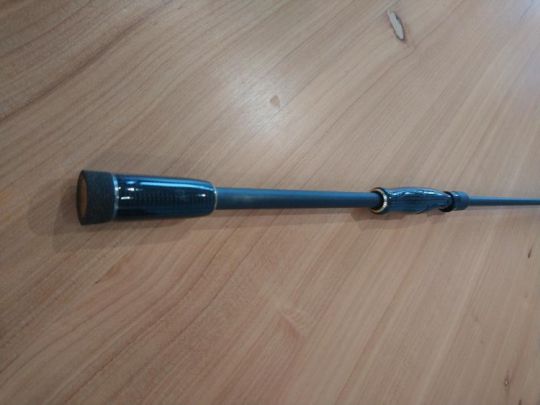
However, you can choose to make a longer handle to balance your rod better, but also to increase the leverage for casting further or on powerful rods to have more strength to fight big fish.
On the contrary, you can choose to reduce the butt length on very light rods to gain in manoeuvrability or for special uses such as float-tube or kayak fishing, where a butt would bump everywhere and get in the way.
Now that you've chosen your blank, reel seat, grips and the few finishing rings that go with them, all you have to do is decide on your ring ramp and where to tie them...

 /
/ 